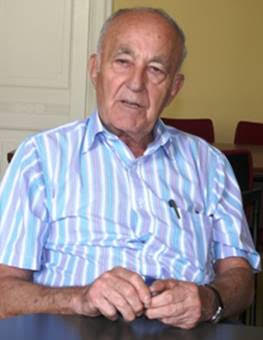
THE VOICE OF INTERNATIONAL LITHUANIA
|
VilNews has its own Google archive! Type a word in the above search box to find any article.
You can also follow us on Facebook. We have two different pages. Click to open and join.
|
Featured red
- Posted by - (0) Comment
Vilnius
|
Pól Ó Conghaile, Irish Examiner
"Art may be a particularly good medium for distilling and reflecting the characteristics of a nation, but contemplation of it does not give us the vivid and visceral experience of them that we may crave," as Alain de Botton wrote recently in BA’s Highlife magazine. "We’re learning that what we might really want to do is to talk to people," the philosopher continued, with his usual — and irresistible — knack for nailing ideas so simple you wonder why nobody had nailed them before. "This is remarkably hard." Our increasing desire for stories, for the sweet sensation of living and breathing a city rather than digesting its historical data, hit me afresh in Vilnius. Lithuania’s capital is a gem. Its Old Town is a UNESCO World Heritage Site. It was a European Capital of Culture in 2009. It’s a small place by any measure, but one spilling over with Gothic, Baroque and Renaissance churches, town halls and other buildings. Yet none of these things puts the hook in me. What puts the hook in me is the moment I wander into a small chapel above the Gate of Dawn to find a wedding underway. An older couple exchanges vows — she in a cream bonnet, he with a bouquet of blooms under his arm and trousers bunching around his ankles. A Handycam is propped atop of the organ. Beneath vaulted ceilings, a priest in a golden robe takes a step backwards. The couple leans in together and delivers a quick, bird-like kiss. The small crowd around them claps. And there it is. Interesting and all as the 16th century Gate of Dawn is, or the fact that its famous icon of the Virgin Mary is said to have healing powers, or that Pope John Paul II took time to say the rosary here in 1993, the strongest memory I’m taking away is of that little kiss. That moment in time. That stolen insight into two Lithuanian lives… |
- Bookmark :
- Digg
- del.icio.us
- Stumbleupon
- Redit it
- Posted by - (0) Comment
“The mass graves of Tuskulėnai”
A series of articles in 6 parts
 By Vincas Karnila, Associate editor
By Vincas Karnila, Associate editor
vin.karnila@VilNews.com
There were two primary reasons that I wrote these articles about the Memorial Complex of Tuskulėnai Peace Park. One reason was to let people know that it exists. While there are many people living outside of Lithuania that know about the “KGB Prison” in Vilnius, there are many that are not aware of Tuskulėnai. There are even people living here…
To read more, go to our SECTION 10
- Bookmark :
- Digg
- del.icio.us
- Stumbleupon
- Redit it
- Posted by - (0) Comment
“The mass graves of Tuskulėnai”
A series of articles in 6 parts
By Vincas Karnila, Associate editor
vin.karnila@VilNews.com
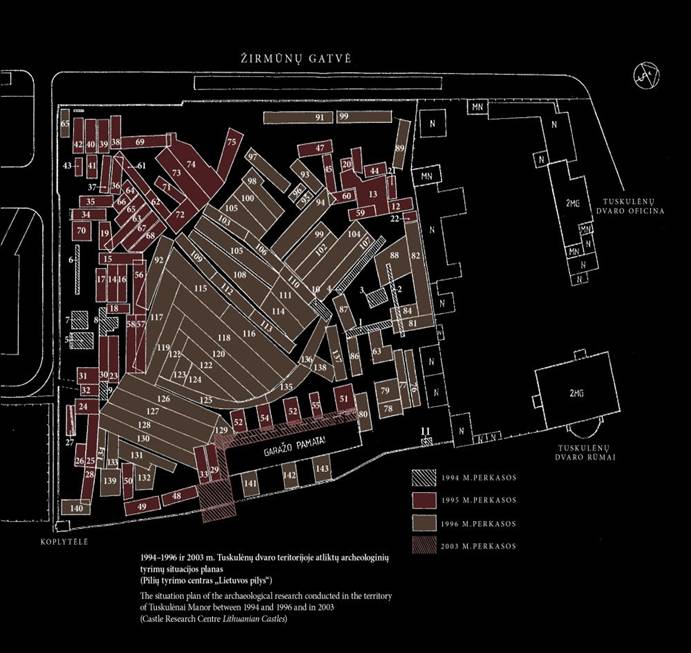
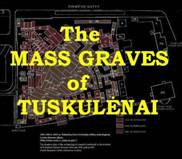 |
INTRODUCTION |
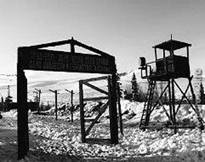 |
Part 1 of 6 |
 |
Part 2 of 6 |
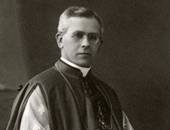 |
Part 3 of 6 |
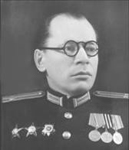 |
Part 4 of 6 |
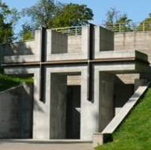 |
Part 5 of 6 |
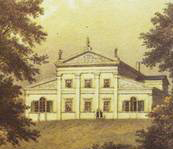 |
Part 6 of 6 |
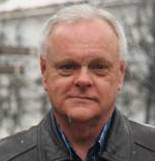 |
THE SUMMARY |
- Bookmark :
- Digg
- del.icio.us
- Stumbleupon
- Redit it
- Posted by - (0) Comment
“The mass graves of Tuskulėnai”
A series of articles in 6 parts
PART 6 OF 6:
THE SECRETS OF
TUSKULĖNAI MANOR
 By Vincas Karnila, Associate editor
By Vincas Karnila, Associate editor
vin.karnila@VilNews.com
While the burial place of the victims of the Soviet’s mass murders that occurred from 1944 to 1947 remained one of the secrets of the Tuskulėnai Manor until after Lithuania once again regained their freedom, there are still some other secrets of the Tuskulėnai Manor we would like to share with you along with giving you an idea of the layout of the park.
To read more, go to our SECTION 10
- Bookmark :
- Digg
- del.icio.us
- Stumbleupon
- Redit it
- Posted by - (0) Comment
“The mass graves of Tuskulėnai”
A series of articles in 6 parts
TODAY PART 5 OF 6:
THE CHAPEL-COLUMBARIUM
 By Vincas Karnila, Associate editor
By Vincas Karnila, Associate editor
vin.karnila@VilNews.com
The focal point of the Memorial Complex of Tuskulėnai Peace Park is the Chapel-columbarium. The building with its exceptional architecture was intended to memorialize and honor the memory of the victims of Soviet terror. This chapel is a place of eternal rest for the remains of 717 people, killed between 1944 and 1947 in NKGB-MGB internal prison, which were found and exhumed during archeological research in the territory of Tuskulėnai Manor between 1994 and 1996 and in 2003.
To read more, go to our SECTION 10
- Bookmark :
- Digg
- del.icio.us
- Stumbleupon
- Redit it
- Posted by - (0) Comment
“The mass graves of Tuskulėnai”
A series of articles in 6 parts
TODAY PART 4 OF 6:
THE EXECUTIONERS
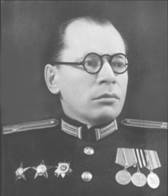
By Vincas Karnila, Associate editor
vin.karnila@VilNews.com
A special group consisting of the head of Division A of the NKGB–MGB, the head of the prison, deputy head of the prison, wardens, and a representative of the Military Prosecutor’s Office carried out the executions by shooting.
Dear VilNews readers, here are the men responsible for carrying out the executions
To read more, go to our SECTION 10
- Bookmark :
- Digg
- del.icio.us
- Stumbleupon
- Redit it
- Posted by - (0) Comment
“The mass graves of Tuskulėnai”
A series of articles in 6 parts
TODAY PART 3 OF 6:
Bishop Vincentas Borisevičius
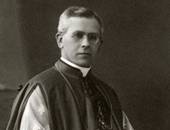
The Soviet repressions against the citizens of our country did not exclude members of the Church. In fact the members of the Church were prime targets. Bishop Vincentas Borisevičius is an example of these repressions. A Holy man of great compassion, he was also a man of great honor and courage.
By Vincas Karnila, Associate editor
vin.karnila@VilNews.com
To read more, go to our SECTION 10
- Bookmark :
- Digg
- del.icio.us
- Stumbleupon
- Redit it
- Posted by - (0) Comment
“The mass graves of Tuskulėnai”
A series of articles in 6 parts
TODAY: The “process” –
executions between 1944 and 1947
By Vincas Karnila, Associate editor
vin.karnila@VilNews.com
 |
INTRODUCTION |
 |
Part 1 of 6 |
 |
Part 2 of 6 |
To read more, go to our SECTION 10
- Bookmark :
- Digg
- del.icio.us
- Stumbleupon
- Redit it
- Posted by - (0) Comment
Article 1 of 6
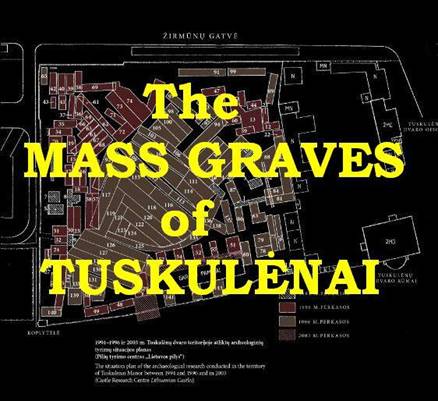
Situation plan created by and property of Castle Research Center Lithuanian Castles. All rights reserved
In 1944, the Soviet Union drove the army of Nazi Germany from the territory of Lithuania and occupied the country for a second time. Repressions against the citizens of our country began without delay. Members of the anti-Soviet armed resistance and underground anti-Soviet organisations, their supporters, farmers, teachers, intelligentsia; politicians, public servants, soldiers, and other officials of former independent Lithuania; and members of the Catholic clergy were arrested, imprisoned, exiled, sentenced to death, and subsequently executed. The convicts were judged by Military Tribunals of internal troops and an Extraordinary Meeting with the State Security Minister of the USSR. Pursuant to the 1926 Criminal Code Article 58 of RSFSR, they imposed penalties which included custody or the death sentence (by shooting). Indictments were based on torture or documents obtained illegally. Between 1944 and 1953, the Extraordinary Meeting convicted at least 11,932 people and the Military Tribunals – at least 22,080.
PART 1 OF 6
CONSEQUENCES OF THE TOTALITARIAN REGIME IN LITHUANIA 1940–1953.
- Bookmark :
- Digg
- del.icio.us
- Stumbleupon
- Redit it
- Posted by - (0) Comment

Situation plan created by and property of Castle Research Center Lithuanian Castles. All rights reserved
Between 28 September 1944 and 16 April 1947, the death penalty was carried out on 767 people in the NKGB–MGB internal prison in Vilnius. It took forty seven years and the restitution of Lithuania’s freedom to finally find the secret location where the Soviets had buried the victims.
- Bookmark :
- Digg
- del.icio.us
- Stumbleupon
- Redit it
VilNews e-magazine is published in Vilnius, Lithuania. Editor-in-Chief: Mr. Aage Myhre. Inquires to the editors: editor@VilNews.com.
Code of Ethics: See Section 2 – about VilNews. VilNews is not responsible for content on external links/web pages.
HOW TO ADVERTISE IN VILNEWS.
All content is copyrighted © 2011. UAB ‘VilNews’.

 Click on the buttons to open and read each of VilNews' 18 sub-sections
Click on the buttons to open and read each of VilNews' 18 sub-sections 

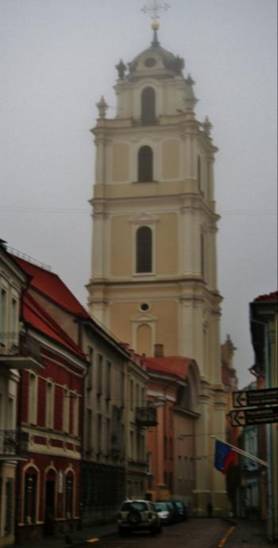





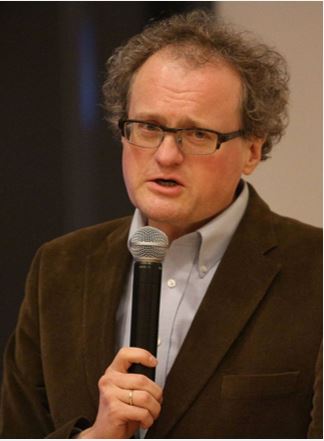
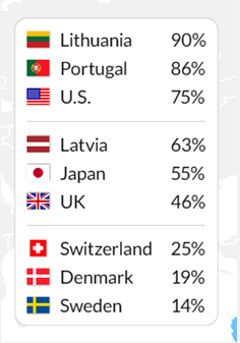
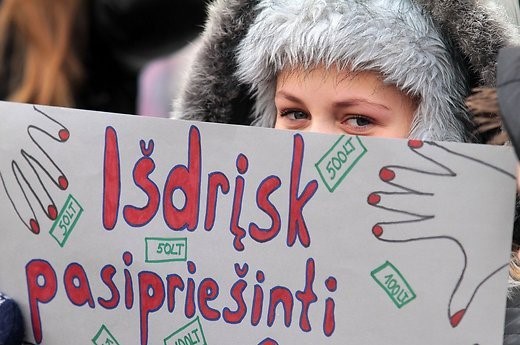



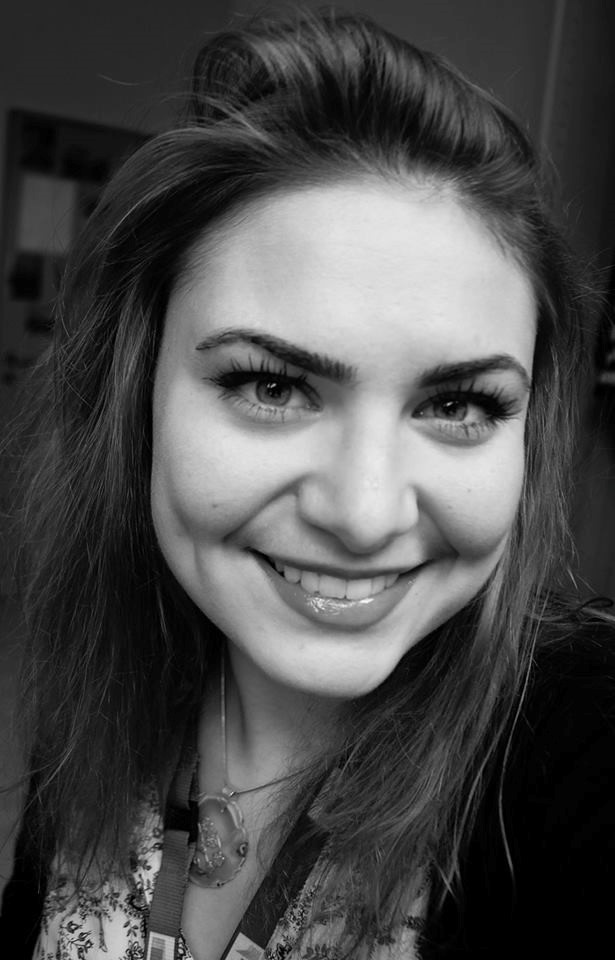
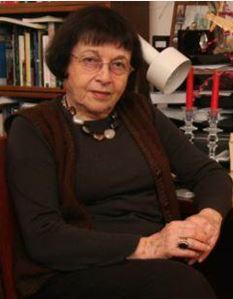
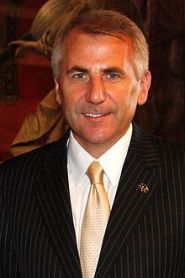
.jpg)
